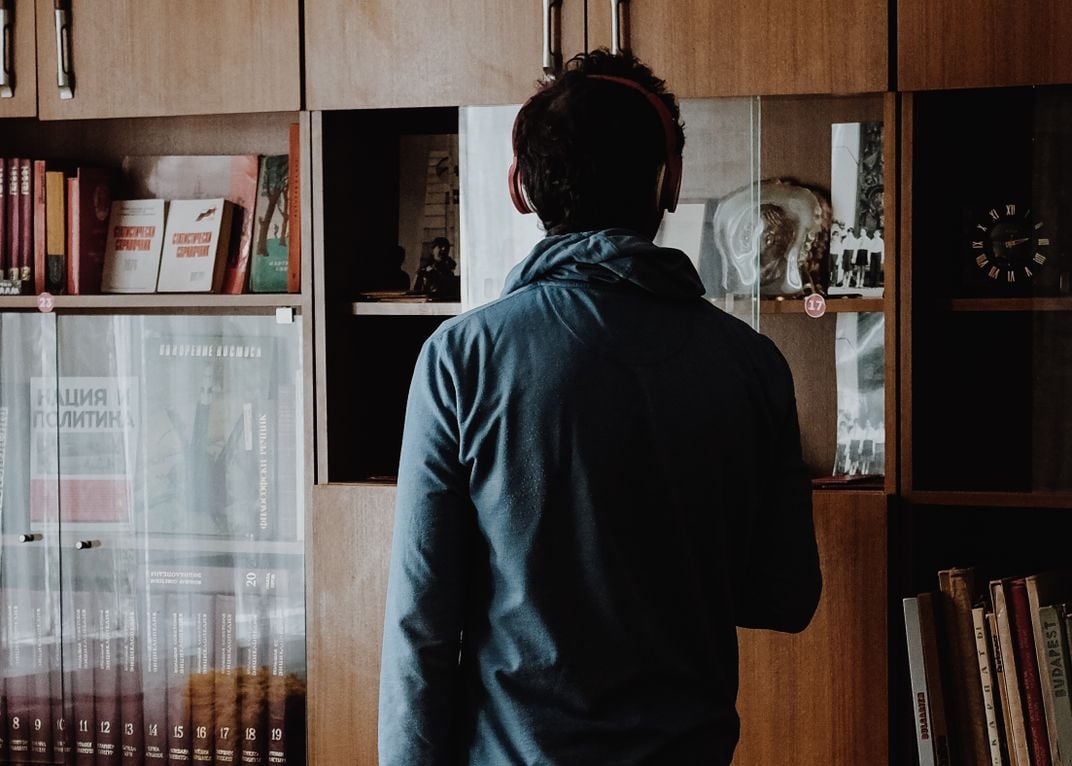Every day, dozens of people visit the Petrov family’s modest, one-bedroom apartment in downtown Sofia, Bulgaria, so they can travel back in time to the 1980s. With headsets on, they filter through the space mostly in silence—leafing through books, rummaging through drawers, trying on clothes and even sniffing jars of food in the pantry.
The Red Flat: Everyday Life in Communist Bulgaria, as the immersive experience is called, comes with an audio guide that brings to life the apartment’s fictitious inhabitants: Elena Petrov, a journalist; her husband, Plamen, who works abroad; and their teenage son, Boyan. Visitors learn that Boyan loves making prank phone calls by dialing numbers at random on the family’s rotary phone, and Plamen keeps a bottle of Johnnie Walker whisky—the kind you couldn’t buy in Bulgaria during the ’80s—in the liquor cabinet for special occasions.
The Red Flat was founded in 2019 by Vаleri Gyurov, a Sofia-based architect and art collector, and the 365 Association, a Bulgarian nonprofit specializing in urban walking tours, including one that focuses on Sofia’s communist landmarks.
The Red Flat’s immersive experience comes with an audio guide that brings to life the apartment’s fictitious inhabitants, the Petrov family. Tomislav Rashkov/356 Association
“We knew that there is a big interest in this topic for tourists, and there is also nothing offered by the state or by the city,” Gyurov says. “It’s important to give people an inside view of Bulgarian life during communism,” he adds, especially because the transition to democracy has been slow and the legacy of the old regime is “still affecting the life of people today.”
As visitors immerse themselves in the lives of an average 1980s-era Bulgarian family, the audio narration provides historical context, connecting the dots between past and present. One of the main objectives of The Red Flat is to remove the barrier between visitor and exhibition; visitors are not just permitted to interact with objects in the apartment, but encouraged to do so. They can flip through vintage books such as The Fight for…
Click Here to Read the Full Original Article at Travel | smithsonianmag.com…
